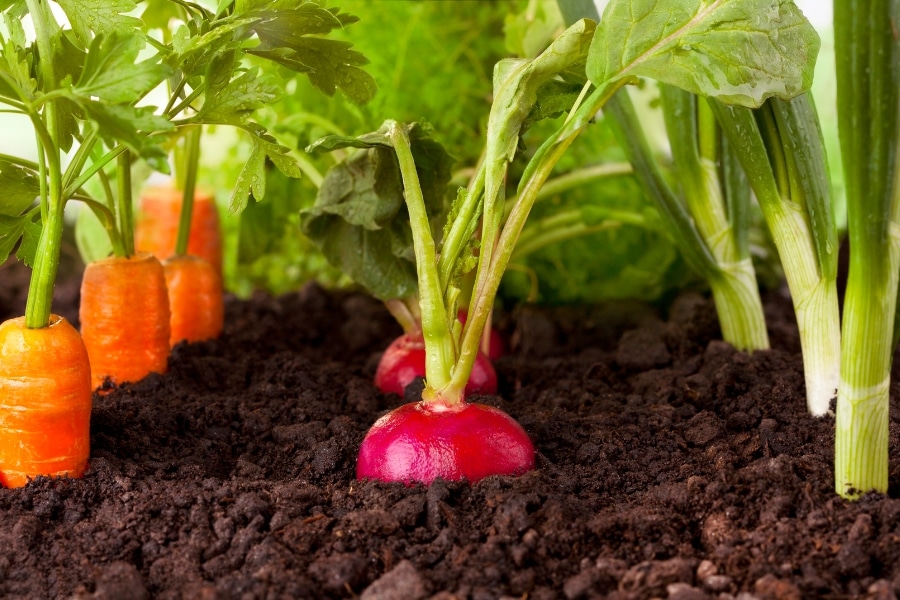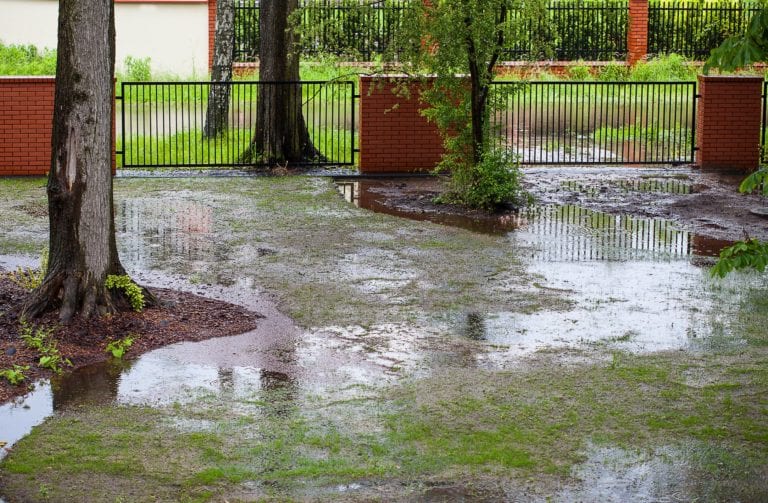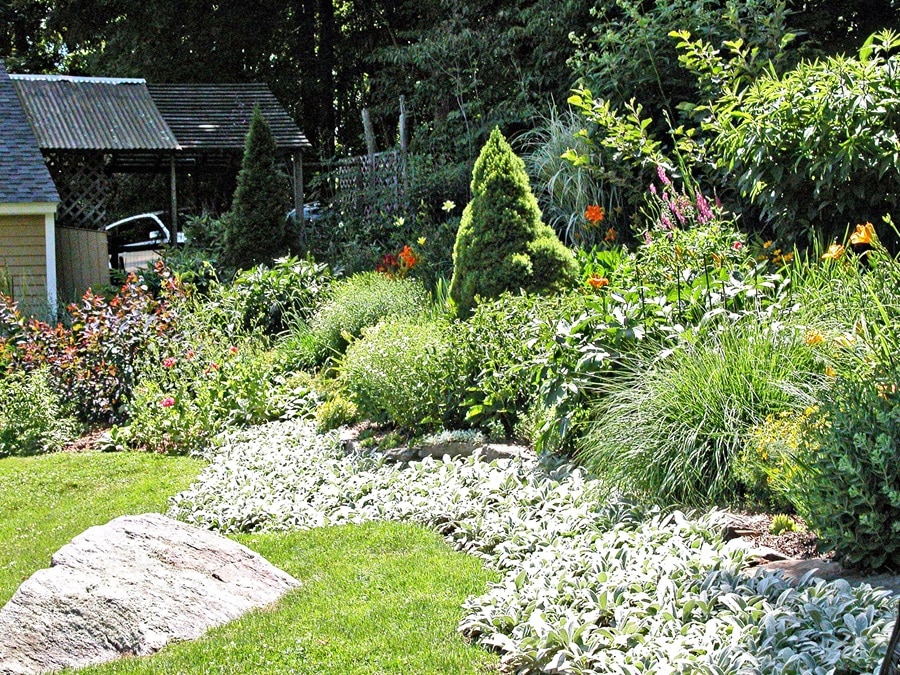Creating a thriving balcony garden in the confines of urban living spaces offers a refreshing escape into nature and a splendid way to green up concrete surroundings. The charm of nurturing life on a balcony, be it a handful of flowers, a collection of succulents, or various herbs and vegetables, can transform even the smallest spaces into a lush, green oasis. The key lies in smart planning, selecting the right components, and caring for them in ways that suit their environment. This article delves into essential tips that promise to guide novice and experienced gardeners in cultivating a balcony garden that flourishes throughout the seasons.
Contents
Choosing the Right Plants
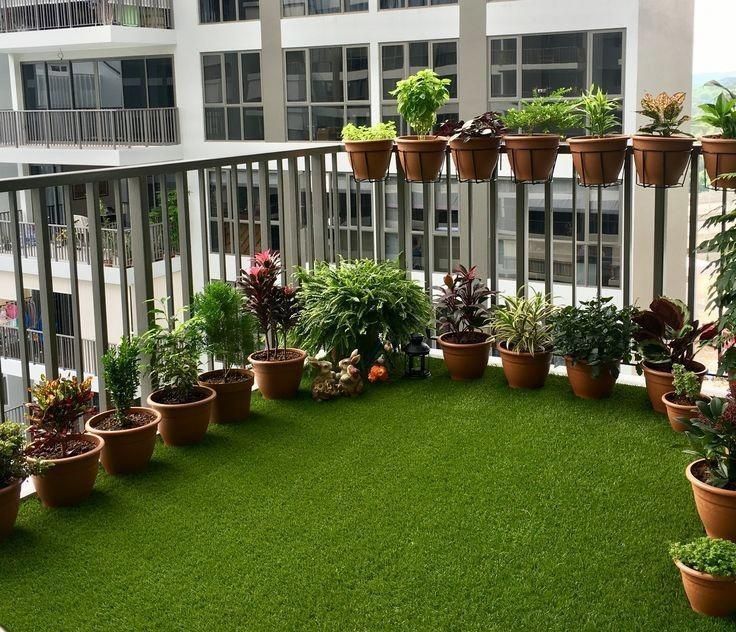
Selecting the right plants is paramount in creating a balcony garden that survives and thrives. It’s crucial to assess the environmental conditions of your balcony, such as the amount of daily sunlight it receives, exposure to wind, and the general climate of your area. Plants have varying needs for light, water, and temperature, so choosing species that can adapt to your balcony’s specific conditions will lead to greater success. For example, succulents and cacti are perfect for hot, sunny balconies, while ferns and begonias prefer shaded areas.
Additionally, consider plants’ growth habits and mature sizes to ensure they fit comfortably in your space without overcrowding. Opting for dwarf varieties or plants easily pruned to maintain a compact size can help manage this aspect. Mixing aesthetic with functionality, one can choose edible plants such as herbs, small vegetables, or fruit-bearing shrubs that thrive in container environments. This approach beautifies your balcony and provides fresh produce for your kitchen.
Soil and Container Basics
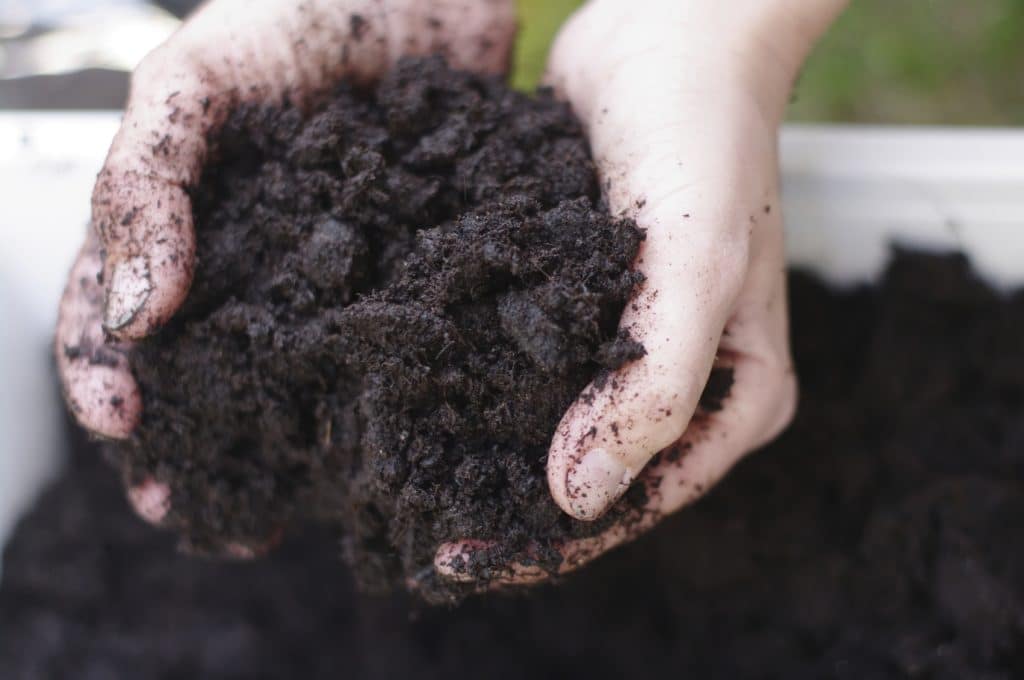
The foundation of a thriving balcony garden lies in the choice of soil and containers. Containers should provide adequate space for root development and have sufficient drainage to prevent waterlogging, which can harm plant health. Materials can range from lightweight plastic, which retains moisture well, to clay and terracotta, which are porous and promote air circulation but may require more frequent watering. Matching the container size and material to the plant’s needs will encourage healthy growth.
Soil selection is equally important, as balcony gardens rely entirely on the nutrients provided in their containers. A high-quality potting mix designed for container gardening balances drainage and water retention. These mixes often contain amendments like perlite or vermiculite to improve aeration and moisture management. Regularly assessing and replenishing the soil’s nutrient levels with compost or a suitable fertilizer will keep plants vigorous and productive.
Efficient Use of Space
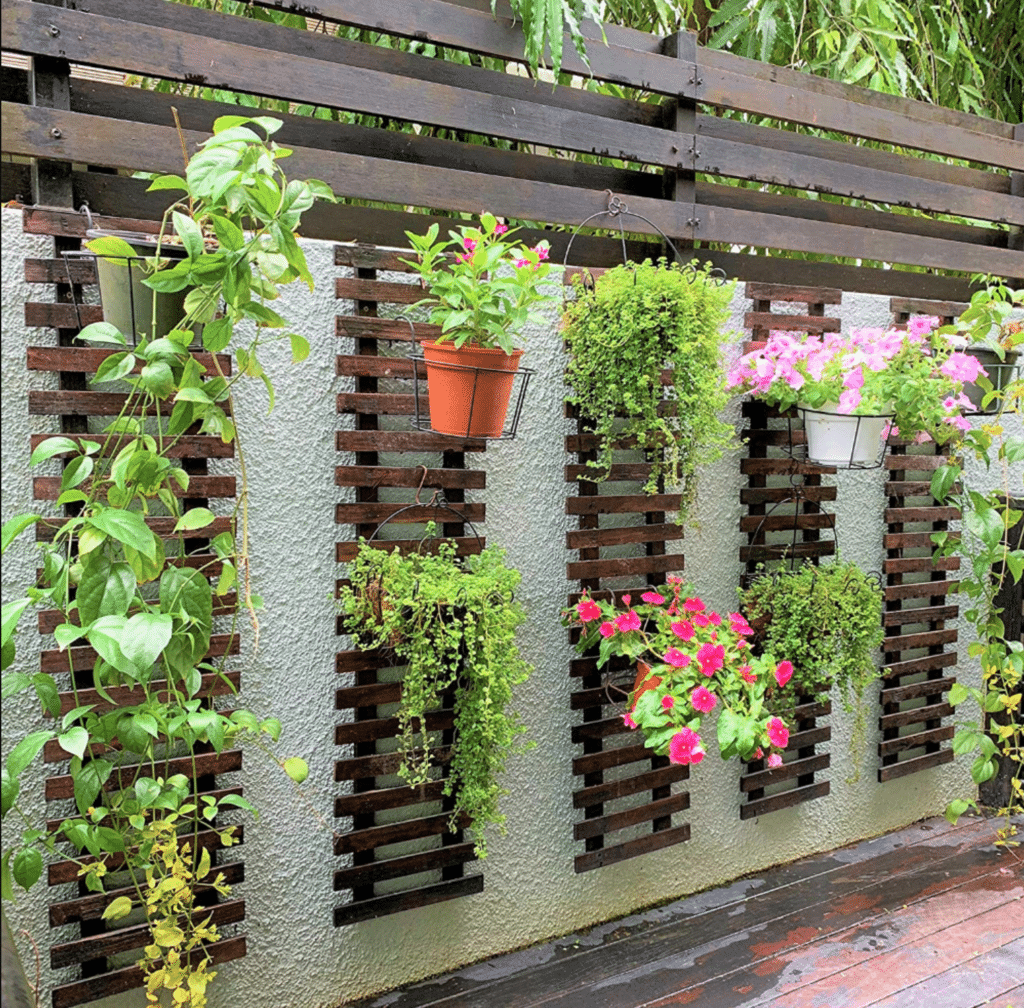
Maximizing the limited space of a balcony requires creativity and strategic planning. Vertical Gardening expands your growing area upwards rather than outwards, utilizing wall space, hanging planters, and tiered shelves. This approach saves valuable floor space and adds depth and interest to your garden layout. Trellises and climbing plants can create lush green walls, offering privacy and a picturesque backdrop to your outdoor sanctuary.
Incorporating multifunctional furniture that doubles as plant stands or choosing containers with integrated trellis systems can further enhance space usage efficiency. Arranging plants with varying heights, textures, and colors can create a visually appealing garden that feels more spacious and vibrant. Balcony rail planters are another excellent way to utilize perimeter space for growing herbs or flowering plants, adding charm and color to the balcony’s edge.
Watering and Nutrition
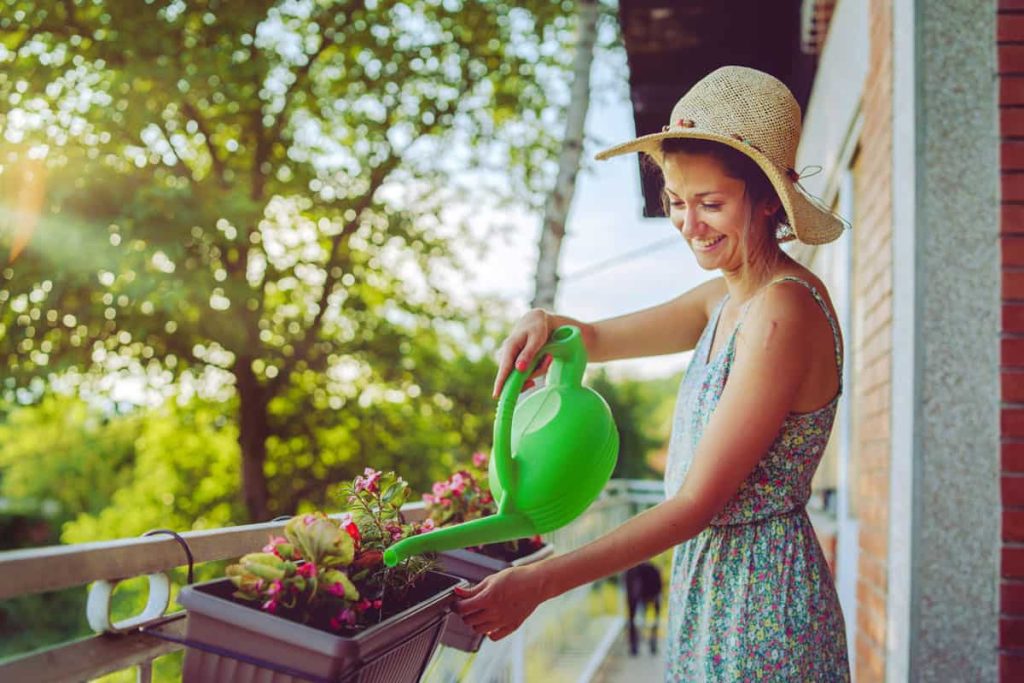
Watering and nutrition are critical aspects of balcony gardening, where the restricted root space in containers can lead to unique challenges. Unlike garden beds, container plants depend entirely on their caretakers for moisture and nutrients. Developing a consistent watering routine that matches the needs of your plants, taking into account the weather and the moisture-retaining capacity of your containers, is essential. Overwatering can be as harmful as under-watering, leading to root rot and fungal diseases.
Nutrition plays a vital role in the health and productivity of balcony gardens. Container plants exhaust the available nutrients in the soil more quickly than their in-ground counterparts. Therefore, a regular feeding schedule using organic compost, liquid fertilizers, or slow-release granules is crucial to replenish nutrients and support continuous growth. Balancing the type and amount of fertilizer according to the specific needs of each plant will ensure lush foliage, vibrant blooms, and bountiful harvests.
Balancing Aesthetics and Functionality
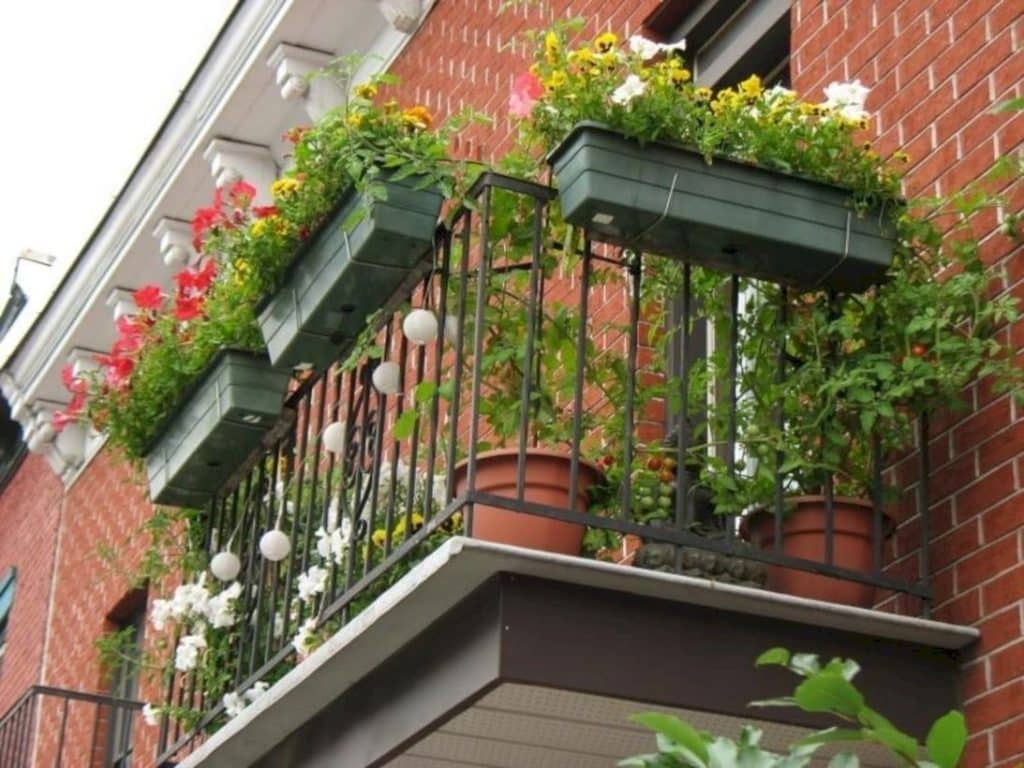
Designing a balcony garden should focus on the practical aspects of Gardening and creating a visually appealing retreat. The principles of garden design—variety in height, color, texture, and form—can be applied to the balcony context to craft a cohesive and attractive space. Choosing a mix of plants that offer year-round interest with seasonal flowers, evergreen foliage, and striking textures can create a visually dynamic space that evolves with the seasons. Incorporating decorative pots, colorful planters, and unique garden accessories can further enhance the aesthetic appeal of your balcony garden, making it not only a place for cultivation but also an extension of your living space.
Functionality should also play a key role in the design of your balcony garden. Edible plants, such as herbs, leafy greens, and small fruiting plants, can provide fresh ingredients for your kitchen while adding beauty and variety to your garden. Integrating these functional plants with ornaments can create an interesting and productive garden. Consider edible plants’ lifecycles and harvest times to ensure a continuous supply and plan for replacements or seasonal changes.
Seasonal Care and Maintenance
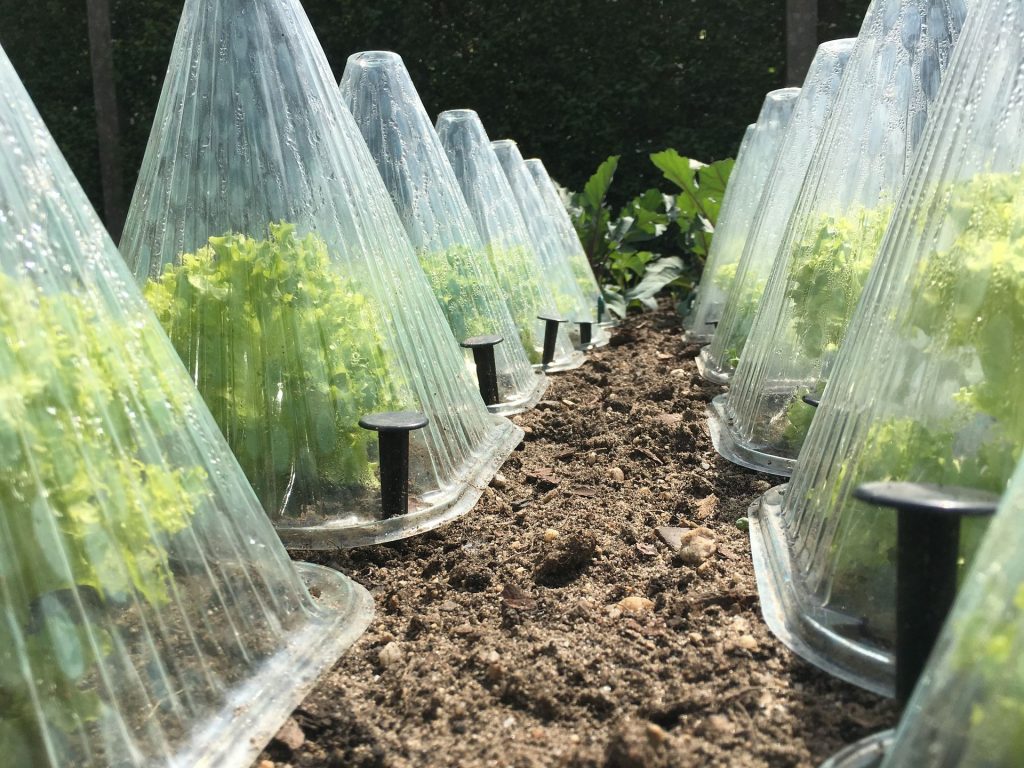
As the seasons change, so do the needs of your balcony garden. Adapting your garden care to accommodate seasonal shifts is essential for maintaining health and vitality. During the colder months, protecting your plants from frost and freezing temperatures may involve moving containers to a more sheltered position, using frost cloths, or even bringing sensitive plants indoors. Conversely, additional shading might be necessary in the summer peak to prevent sunscald and dehydration.
Regular maintenance tasks such as pruning, deadheading, and rotating plants to ensure even light exposure are important year-round but may need adjustment based on the season. Additionally, being vigilant about pest and disease control can prevent minor issues from becoming major problems. Opt for organic pest control methods to maintain a healthy, eco-friendly balcony ecosystem.
Maximizing Growth and Health
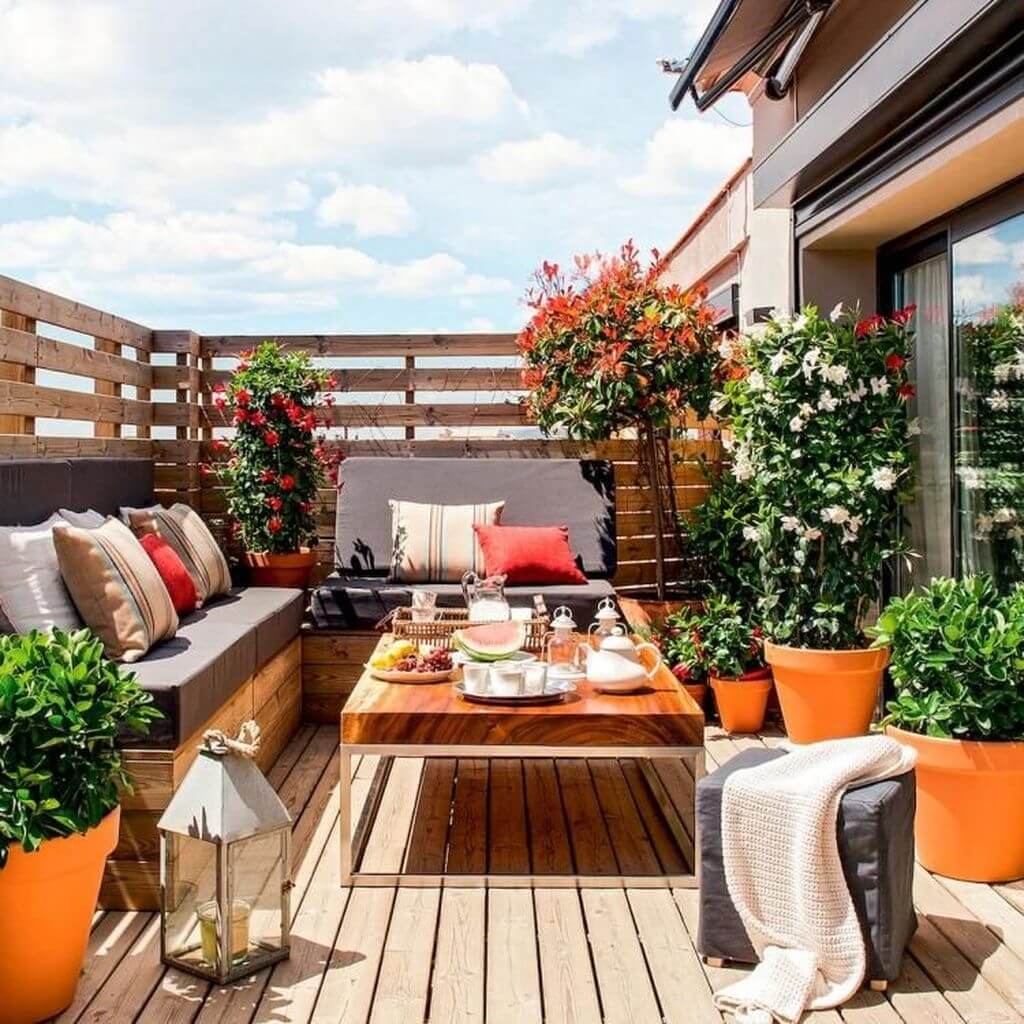
Regular attention to pruning and harvesting is necessary to ensure your balcony garden remains vibrant and productive. Pruning helps maintain plant shape and size and encourages new growth, potentially increasing flower and fruit production. Regular harvesting is often the key to encouraging further yields for edible plants, as many herbs and vegetables will continue to be produced if they are not allowed to go to seed.
Troubleshooting common issues like leggy growth, yellowing leaves, or stunted plants requires a good understanding of plant health. These issues can often be resolved with watering, lighting, or nutrition adjustments. For instance, leggy plants may need more light, while yellowing leaves can indicate overwatering or a nutrient imbalance. Being proactive in identifying and addressing these problems will keep your garden flourishing.
Engaging with Your Garden Community
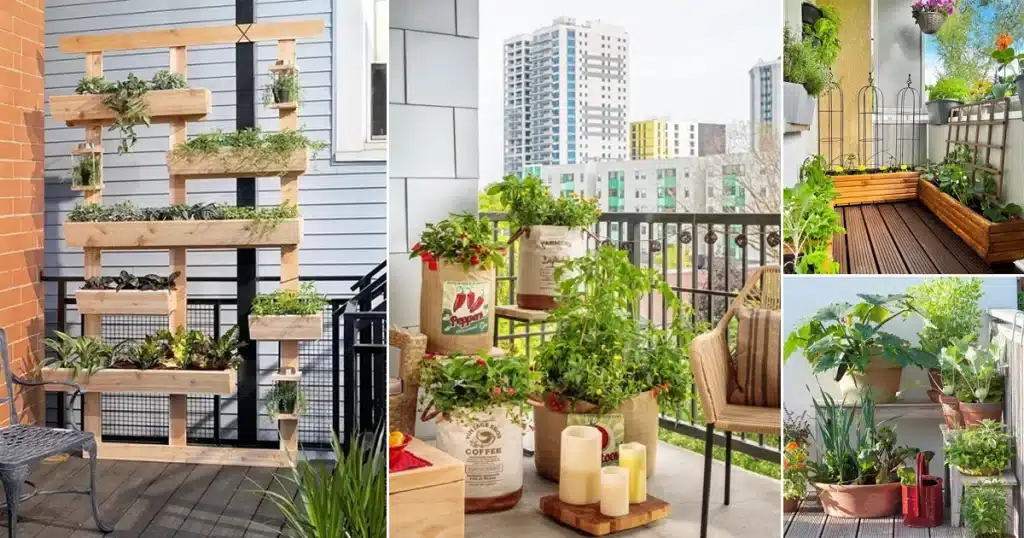
Even on a balcony, Gardening does not have to be a solitary activity. Engaging with your neighbors and local gardening community can enhance your gardening experience. Sharing experiences, swapping plants, and giving or receiving advice can help build a supportive network of fellow garden enthusiasts. This can be especially beneficial for troubleshooting garden issues or discovering new plants and techniques.
Online gardening forums and social media groups offer a wealth of knowledge and community support for balcony gardeners. These platforms can be invaluable resources for inspiration, advice, and encouragement. Whether seeking specific gardening tips or just looking to share your gardening journey with like-minded individuals, engaging with the wider gardening community can enrich your balcony gardening experience.
The Bottom Line
Cultivating a thriving balcony garden is an enriching endeavor that enhances your living space and quality of life. By selecting the right plants, optimizing your use of space, and maintaining the health and aesthetics of your garden, you can create a vibrant oasis that offers a daily retreat into nature. Remember, the key to a successful balcony garden is not just the care you put into it but also the joy and satisfaction it brings. Embrace the challenges and rewards of balcony gardening, and enjoy nurturing life on your little slice of the urban outdoors.
